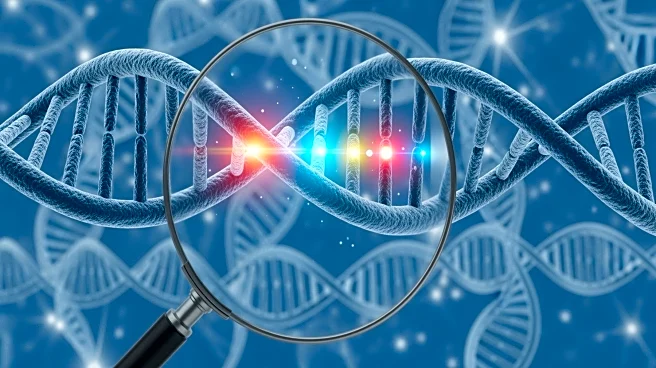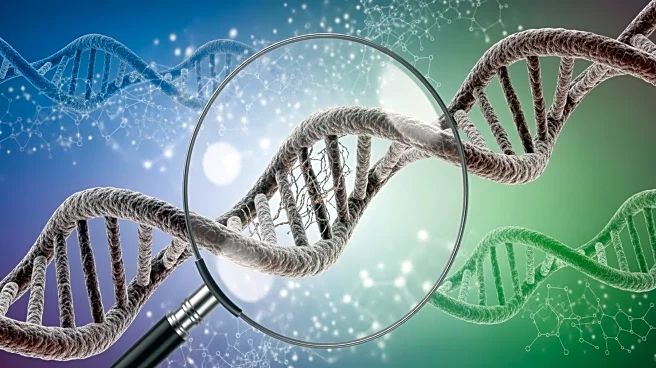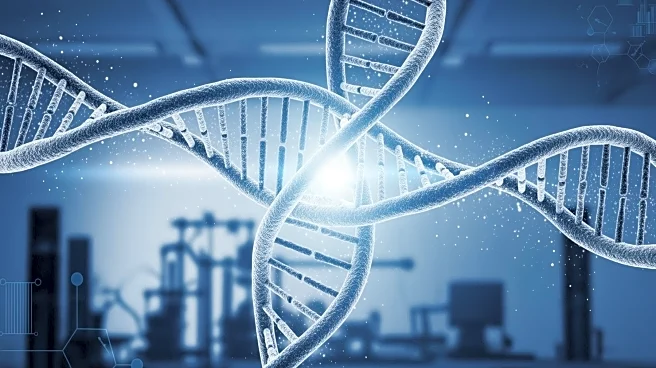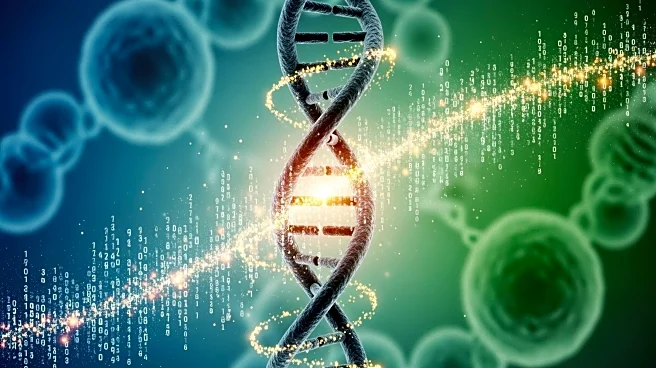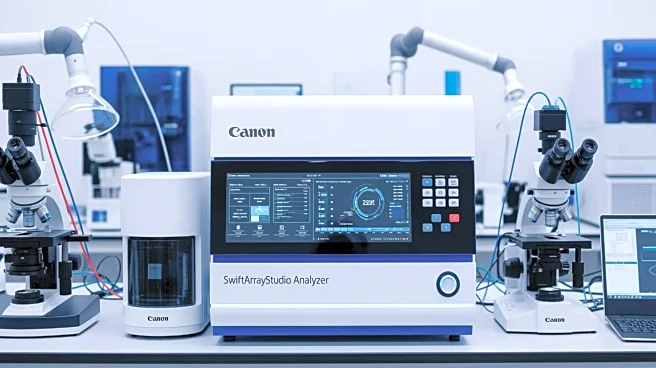What's Happening?
A comprehensive study utilizing 51,399 whole genome sequencing samples from the NHLBI TOPMed project has identified genetic determinants and genomic consequences of non-leukemogenic somatic point mutations. Researchers employed a novel computational approach
termed GEM (genomic and epigenomic mutation rate) to quantify mutation burden, revealing associations with chronological age and chromatin state. The study found that mutations in quiescent chromatin are more strongly associated with age than those in transcriptionally active chromatin. Additionally, a genome-wide association study (GWAS) identified six significant loci, including TERT and TCL1A, which are linked to clonal hematopoiesis. The research highlights the role of chromatin features and germline genetic determinants in influencing mutation burden.
Why It's Important?
This study provides critical insights into the genetic architecture of somatic mutations, which are pivotal in understanding age-related diseases and clonal hematopoiesis. By identifying specific genetic loci associated with mutation burden, the research could lead to improved risk prediction models for diseases like peripheral artery disease. The findings also underscore the importance of chromatin state in mutation rate modulation, offering potential targets for therapeutic interventions. The study's approach to distinguishing somatic mutations from artifacts enhances the accuracy of genetic analyses, which is crucial for advancing personalized medicine and understanding the genetic basis of complex diseases.
What's Next?
Future research may focus on further validating the identified genetic loci and exploring their roles in other age-related conditions. The development of targeted therapies that modulate chromatin state or specific genetic pathways could be pursued to mitigate the effects of somatic mutations. Additionally, expanding the study to diverse populations could provide a more comprehensive understanding of the genetic determinants of mutation burden. Researchers may also investigate the potential for GEM to be integrated into clinical settings for better disease risk assessment and management.
Beyond the Headlines
The study's findings could have broader implications for the field of genomics, particularly in the development of computational models that accurately predict mutation burden. The ethical considerations of using genetic information for disease prediction and management may also be explored, as well as the cultural impact of personalized medicine on healthcare practices. Long-term, this research could contribute to shifts in how genetic data is utilized in public health policy and individual healthcare decisions.
